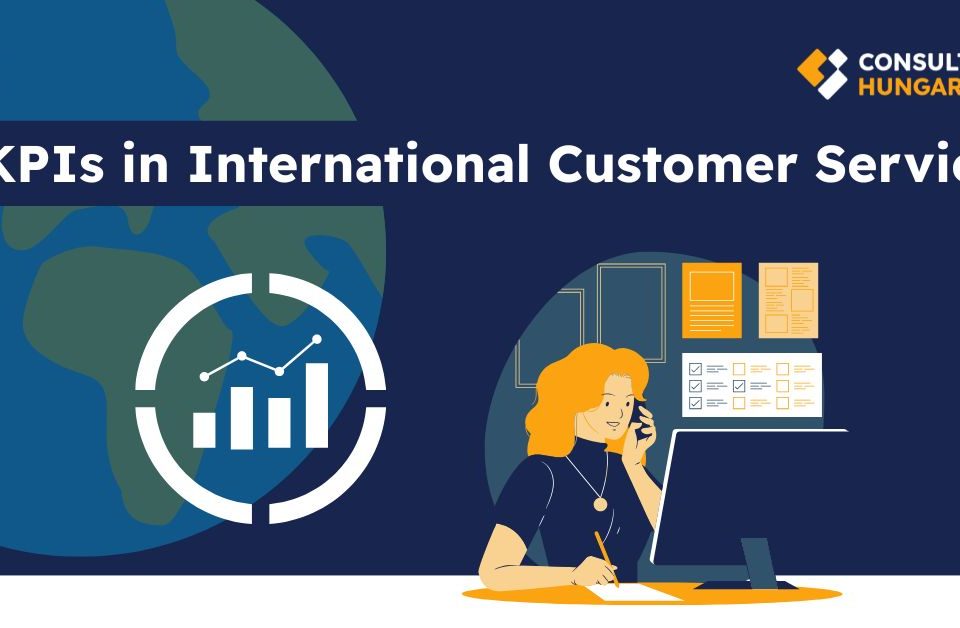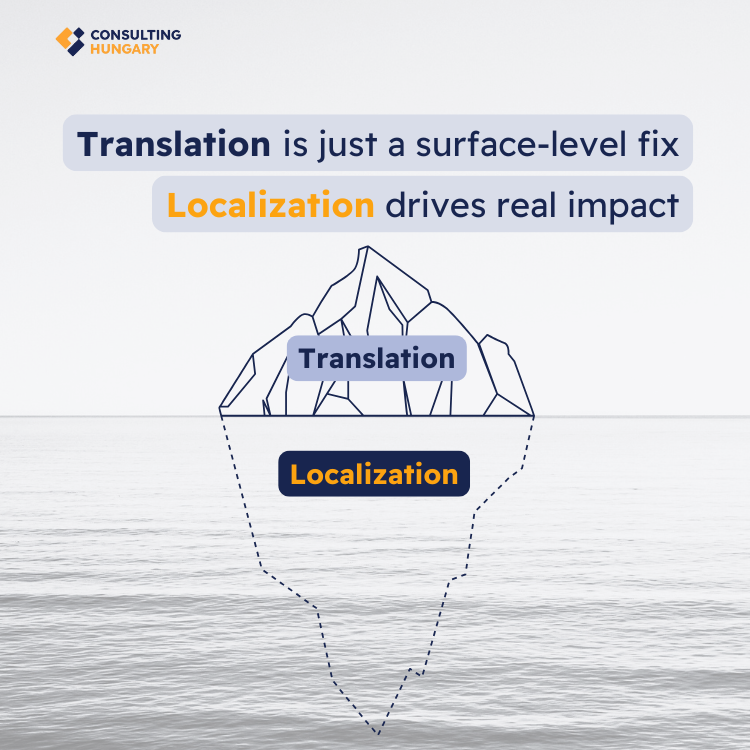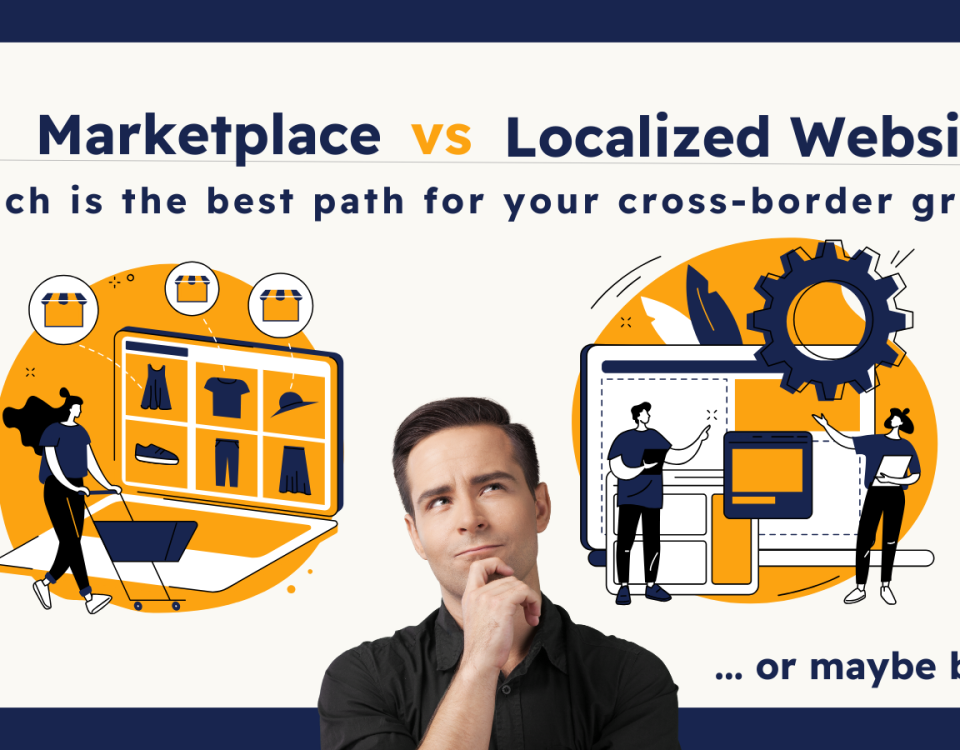The great thing about e-commerce is that you can sell almost anywhere - borders aren’t the barrier they used to be, better logistics, powerful digital tools, and smoother online payments make reaching customers in other countries far easier than before. For Romanian sellers, that means expanding into nearby markets is more realistic than ever.
Central and Eastern Europe (CEE) isn’t just your home region — it’s one of the fastest-growing e-commerce areas in Europe. With dynamic growth, rising smartphone adoption, and consumers eager for better online experiences, the region offers a prime window for expansion. By acting now, Romanian brands can move quickly into neighbouring markets and secure their position before the market becomes crowded.
If you’re already operating in Romania, why not expand into nearby CEE markets? Romania’s location, infrastructure, and digital maturity make it a natural starting point. But successful expansion takes more than ambition, it requires knowledge and smart execution.
In this guide, we’ll walk you through the essentials: translation and localization, cross-border logistics, customer support, marketplace strategies, and everything else you need to grow from Romania into the wider CEE markets.
1. Validate the Opportunity with Market Research
Start with solid market research, which it’ll make everything else easier.
Before you launch in Hungary, Poland, Czechia, Bulgaria, or any other CEE market, take a moment to learn how shoppers there behave compared to what you already see in Romania. What do they buy? How do local brands talk to them? What kind of pricing strategies do they use? Explore your future competitors: visit their websites, browse their social media, read customer reviews, see how they position themselves.
As a Romanian seller, you’ll recognize many familiar patterns across the region — shoppers are just as price-sensitive, actively hunt for discounts, and respond well to seasonal promotions like Black Friday, pre-holiday sales, and end-of-season clearances. They value communication in their local language and tend to trust brands that feel familiar and “close to home,” even if those brands are based abroad. Reviews and ratings strongly influence purchase decisions, and in several markets, cash-on-delivery is still common.
Tools like Statista, Google Trends, and free reports from local e-commerce associations can give you a clear overview of the market. It doesn’t have to be complicated, but the better you understand the market, the more confidently you can plan your next steps.
2. Decide Your Entry Channels – Marketplace vs. Website
When expanding beyond Romania into the CEE region, one of the first decisions you’ll need to make is: how are you going to sell? Through local marketplaces? Or rather through your localised webshop?
Marketplaces are often the faster, lower-risk way in – they already have huge customer bases and built-in infrastructure, making it easier to get started. On the other hand, running your own localized website gives you full control over your brand and strategy. What's more important, it gives you access to valuable customer data – not just who your customers are, but how they behave on your site: what pages they visit, how long they stay, where they drop off, and what ultimately drives them to buy (or not), but it takes more time, money, and effort to get noticed.
Many brands choose a hybrid approach — starting on marketplaces to test and grow, while gradually building their own online presence. Some platforms will feel familiar — like eMAG, which already has cross-border reach — while others, such as Allegro, Pepita, and Skroutz, can open doors to markets where your brand is still unknown. Together, they offer streamlined access to buyers across the CEE region.
3. Go Deep on Localization (Not Just Translation)
Localization is what makes your brand feel local, even if you're selling from hundreds of kilometers away. It doesn’t stop at auto translating your content and website. It helps people trust you, understand what they’re buying, and feel comfortable enough to click “Buy.”
Localization goes far beyond just language. It covers translation, payments, delivery, formatting, and legal compliance, all of which help your brand feel local and credible to new customers.
Here’s what you need to get right:
Language: Quality matters a lot. It’s important to get help from native speakers to make your content feel natural without any off-putting errors. Whenever possible, work with people who understand the e-commerce landscape — and never forget: context is everything. When it comes to marketing messages, sometimes you need more than just translation — you need transcreation, which means adapting your message so it truly fits the culture, tone, and expectations of the local market.
Payments: Just like in Romania, shoppers in Hungary and Slovakia still prefer cash on delivery — but in Poland, options like BLIK (instant bank payments) and buy-now-pay-later (e.g. Klarna) are growing fast. Even though these countries are in the same region, their payment habits are very different. To earn customer trust, offer the payment methods your future audience already knows and uses every day — and make sure to integrate local payment gateways as well. If customers don’t recognize a method or can’t find their preferred option, they’re far less likely to complete the purchase.
Delivery: Delivery habits vary across the CEE region, and they directly affect whether people trust and complete their order. You already know Romanian customers expect free delivery. In Poland, parcel lockers are king, while in Hungary, home delivery usually is still the go-to option. Customers notice when their usual option is missing, and it can be the deciding factor at checkout. In the CEE region, customers are becoming more demanding and sensitive to both price and speed. Many no longer see next-day delivery as a bonus, but rather a must-have.
Formats & Currency: These are the things you only notice when they’re wrong. A strange phone field. A confusing date format. A foreign currency (this one they spot right away). Every country has its own standards – Hungary uses YYYY.MM.DD, while other CEE countries go with DD.MM.YYYY. Save yourself from this small, yet easily avoided mistake.
Legal Texts: Your terms & conditions, privacy policy, and return information aren’t just formalities — they’re where customers go when something goes wrong or they’re unsure about a purchase. In those moments, unclear or poorly translated content only adds to frustration and makes your brand feel less trustworthy.
4. Logistics & Delivery
Meeting those delivery preferences requires the right mix of couriers, fulfillment locations, and speed. At the start, shipping from your Romanian warehouse might be enough, especially if you can deliver within 2–3 days to nearby countries like Hungary, Bulgaria, or Slovakia. But scaling means thinking about hybrid setups and local partners.
You already serve Romanian customers who expect fast or free delivery — in Poland, parcel lockers dominate, and in Hungary, home delivery is the standard choice. Cross-border consolidators can help reduce both costs and delivery times while keeping customers happy.
In the CEE region, customers are becoming more demanding on both price and speed. Many no longer see next-day delivery as a bonus — they expect it. And in some urban areas, same-day delivery is quickly becoming the new standard, especially for fast-moving categories like fashion and electronics.
5. Returns & Customer Support: A Local Voice Matters
Returns are one of the first things customers think about when ordering from another country. Buying from a brand they don’t know is already a risk and when that brand is also based abroad, the risk feels even bigger. A clear, easy-to-understand return policy in the local language goes a long way in building trust. These are valid concerns, and that’s why a clear, easy return process is so important, so make it easy to find, simple to understand and clear about who covers the cost and how long it takes.
Having a local return address builds trust right away. Even more, the return method should feel familiar. In Romania and Hungary, home pickup or local couriers are the most common return methods. In Poland and Czechia, shoppers often return items at parcel lockers or pickup points.
The same goes for support: people want help in their own language, especially when something goes wrong. Whether it’s live chat, a call center, or just email replies, being available in the customer's language builds trust and increases conversions. Even a small team of native-speaking agents, or a reliable partner, can make a huge difference. Don’t forget about self-service. A clear FAQ section or help center written in native language often solves small problems before they even reach your support team.
Once your customer support is up and running, make sure to measure it. Tracking basic customer service KPIs helps you understand what’s really going on and gives you the insights you need to adjust your operations to match customer expectations in a new market. If customers keep calling back, maybe something isn’t clear on your website. If calls are taking too long, your team might need better tools, more training, or quicker access to information.
6. Marketing & Awareness: Speak to Each Market's Habits
Creating marketing messages shouldn’t be a copy-paste effort across borders. Why? Because every language carries with it a deep cultural context. What’s funny, persuasive, or emotional in one country may be confusing, meaningless, or even offensive in another. This is where transcreation comes in: adapting your message so it connects emotionally and culturally.
Use platforms like Google and Meta as your base, but make sure your campaigns match local seasonality, trends, and buying behavior. Be aware that social media habits also vary while Facebook and Instagram are still strong across the region, TikTok is growing fast, especially in Poland and Hungary. When possible, partner with local influencers who know how to speak your customers’ language, literally and figuratively.
7. Legal & Financial Setup
Getting the legal and financial side right is just as important as your product or marketing. In most CEE markets, terms & conditions and privacy policies are legal requirements, and failing to comply can lead to fines or customer disputes. Having a local bank account can also increase credibility and reduce friction at checkout. Use in voicing tools that support local currencies and help you stay compliant with tax rules in each market.
Keep an eye on local regulations, especially around VAT, returns, and consumer rights, as these can change. You might not need local VAT registration right away: if you're fulfilling orders from Romania to other countries in the EU, the OSS (One Stop Shop) system can cover multiple countries until you hit the annual threshold. But if you store goods or fulfill orders locally in another country, VAT registration becomes mandatory.
For Romanian e-commerce brands, the CEE region offers real growth potential — but winning here means thinking local from the start. Tailor your strategy to each market: speak the language, match delivery and payment habits, make returns and support simple, and track what works. With the right approach and support from experts who specialize in business expansion and know the CEE market inside out, scaling across the region isn’t just possible, it’s within reach.
Would you like to learn more about other e-commerce markets in the CEE or the Balkans?
Contact us via email and visit our booth at ecomTEAM in Brasov!




